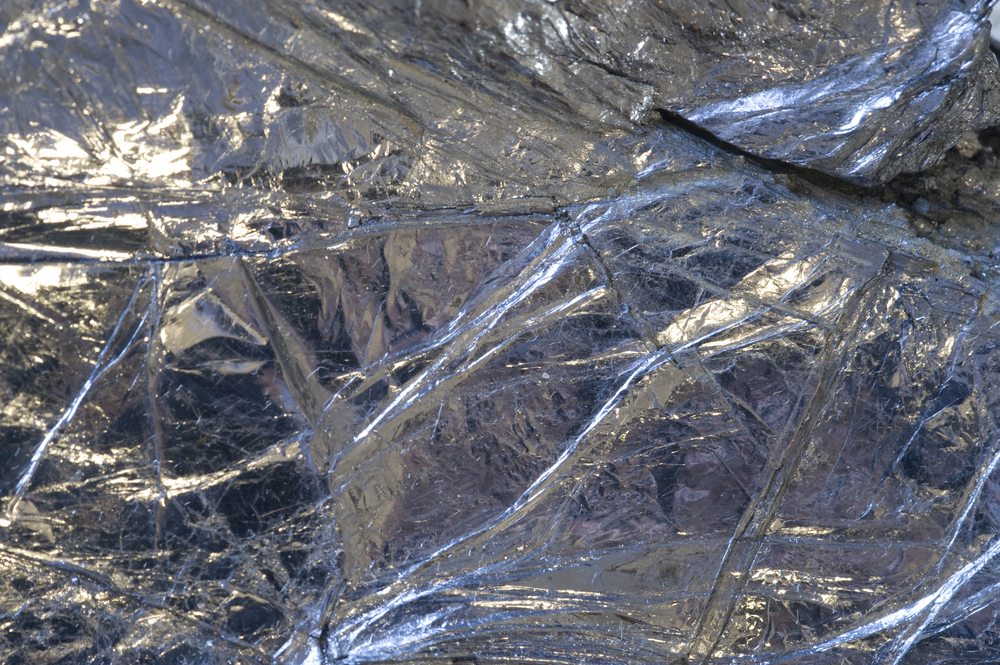
Global production of molybdenum fell to 128.8 million pounds in the first quarter of 2015, down 13% from 148.1 million pounds in the previous quarter, and 5% lower compared with the same period in 2014, figures released today by the International Molybdenum Association (IMOA) show.
Global use of molybdenum in the first quarter of 2015 also fell slightly to 132.7 million pounds, down 3% from 136.2 million pounds in the previous quarter and 5% lower than the same quarter in 2014,
China remained the biggest producer, although production fell from 55.8 million pounds in the last quarter of 2014 to 46.3 million pounds in the first quarter of this year, a decrease of 17%. Production was 5% lower compared to the same quarter in 2014.The company remained the biggest user, with 47.8 million pounds in the first quarter of 2015, down slightly compared with the previous quarter and with the same quarter in 2014.
Europe was the second largest user with 34.4 million pounds, up 3% from 33.5 million pounds in the previous quarter but down 8% compared to the same quarter in 2014.
Fall in production
Production in North America also fell, from 42.7 million pounds in the last quarter of 2014 to 37.8 million pounds in the first quarter of 2015, a decrease of 12%. Production in South America was down from 39.9 million pounds in the last quarter of 2014 to 34.2 million pounds in the first quarter of 2015. Production in other countries increased to 10.5 million pounds.
Usage in the USA fell by 7% to 14.1 million pounds compared with 15.2 in the previous quarter, while use in Japan fell from 14 million pounds in the last quarter of 2014 to 13.3 million pounds in first quarter of 2015. Usage in the CIS countries decreased by 3% to 5.7 million pounds, while usage in other countries fell by 1% to 17.4 million pounds.
This story is reprinted from material from the IMOA, with editorial changes made by Materials Today. The views expressed in this article do not necessarily represent those of Elsevier.
